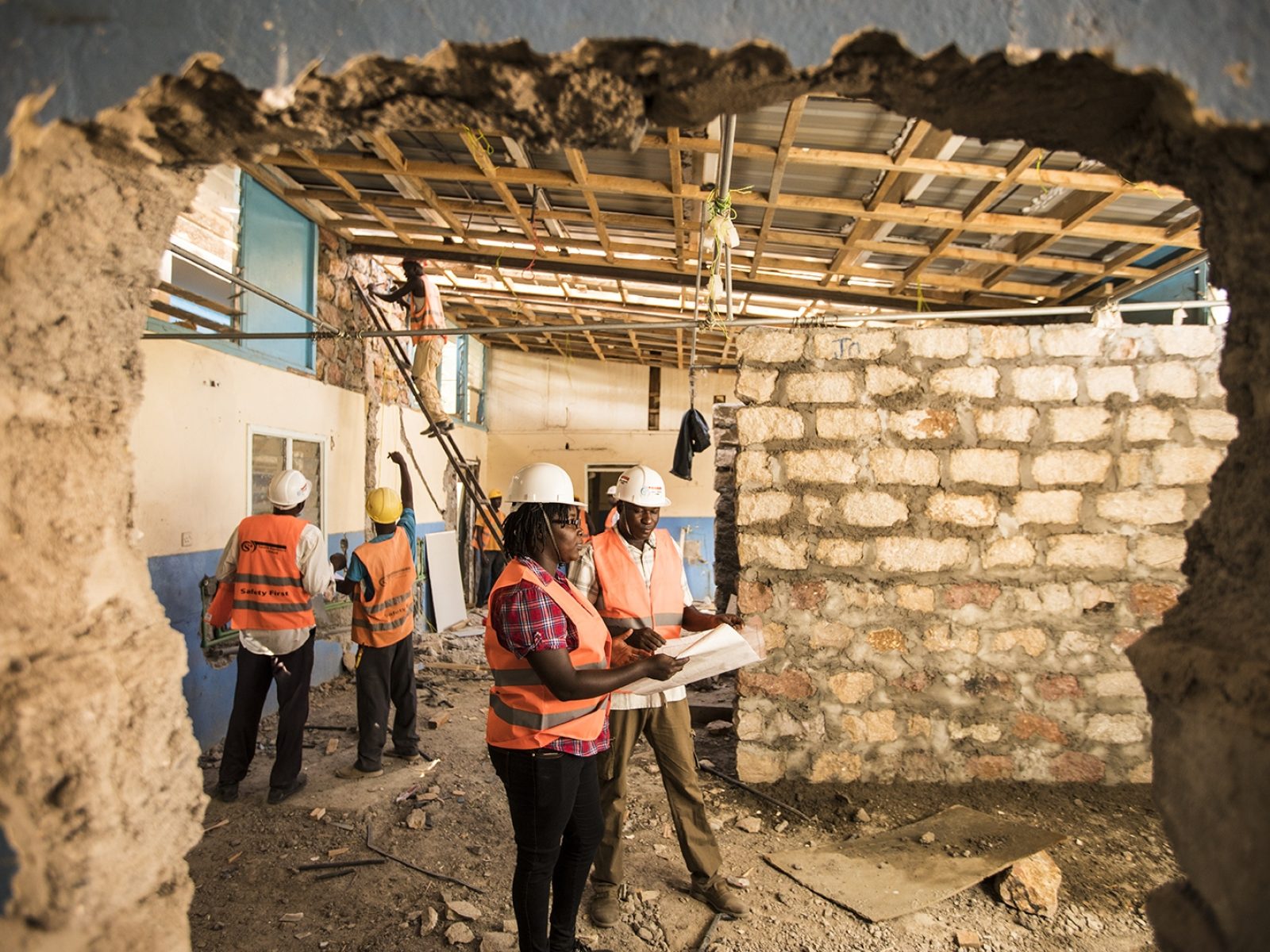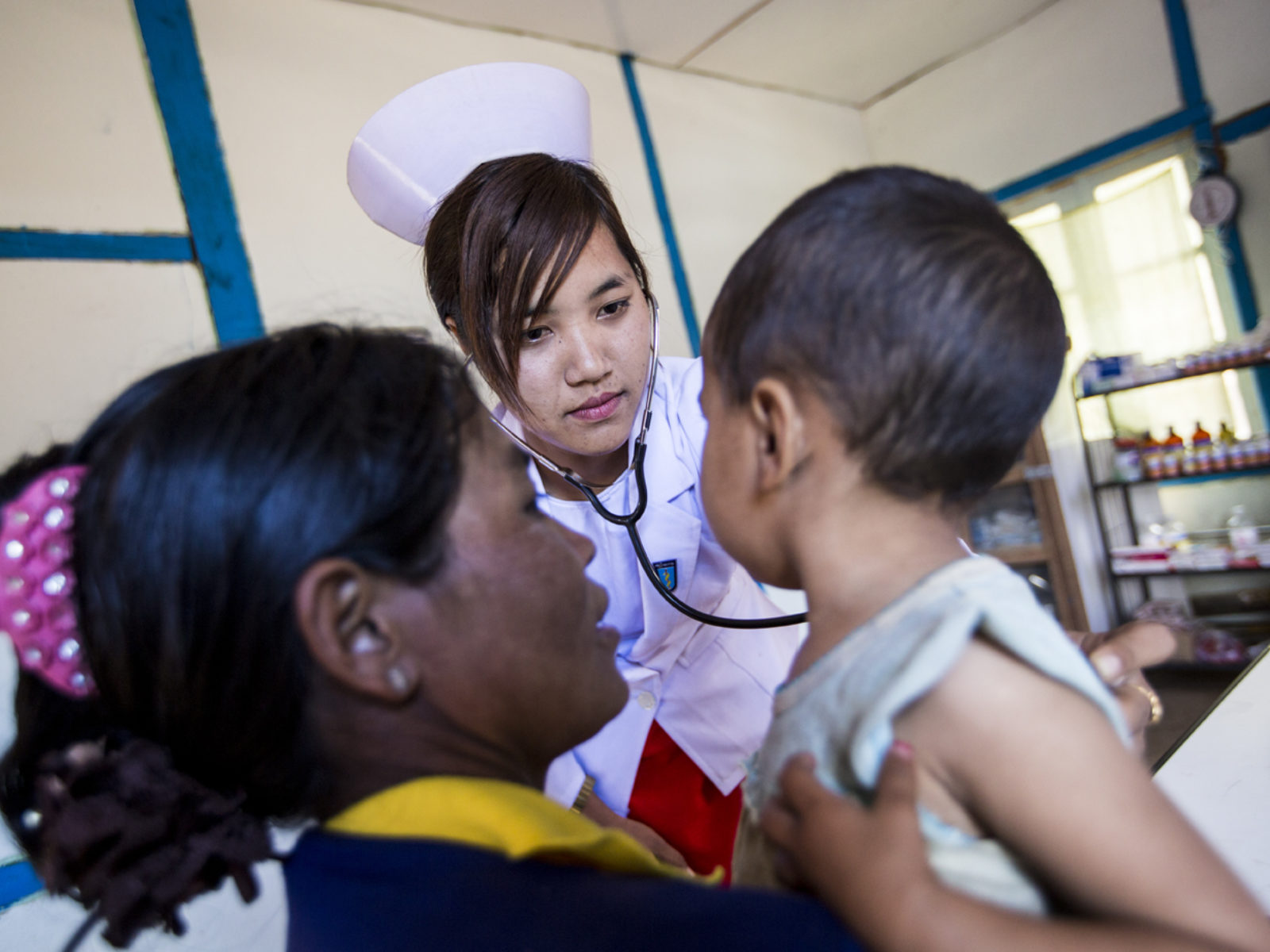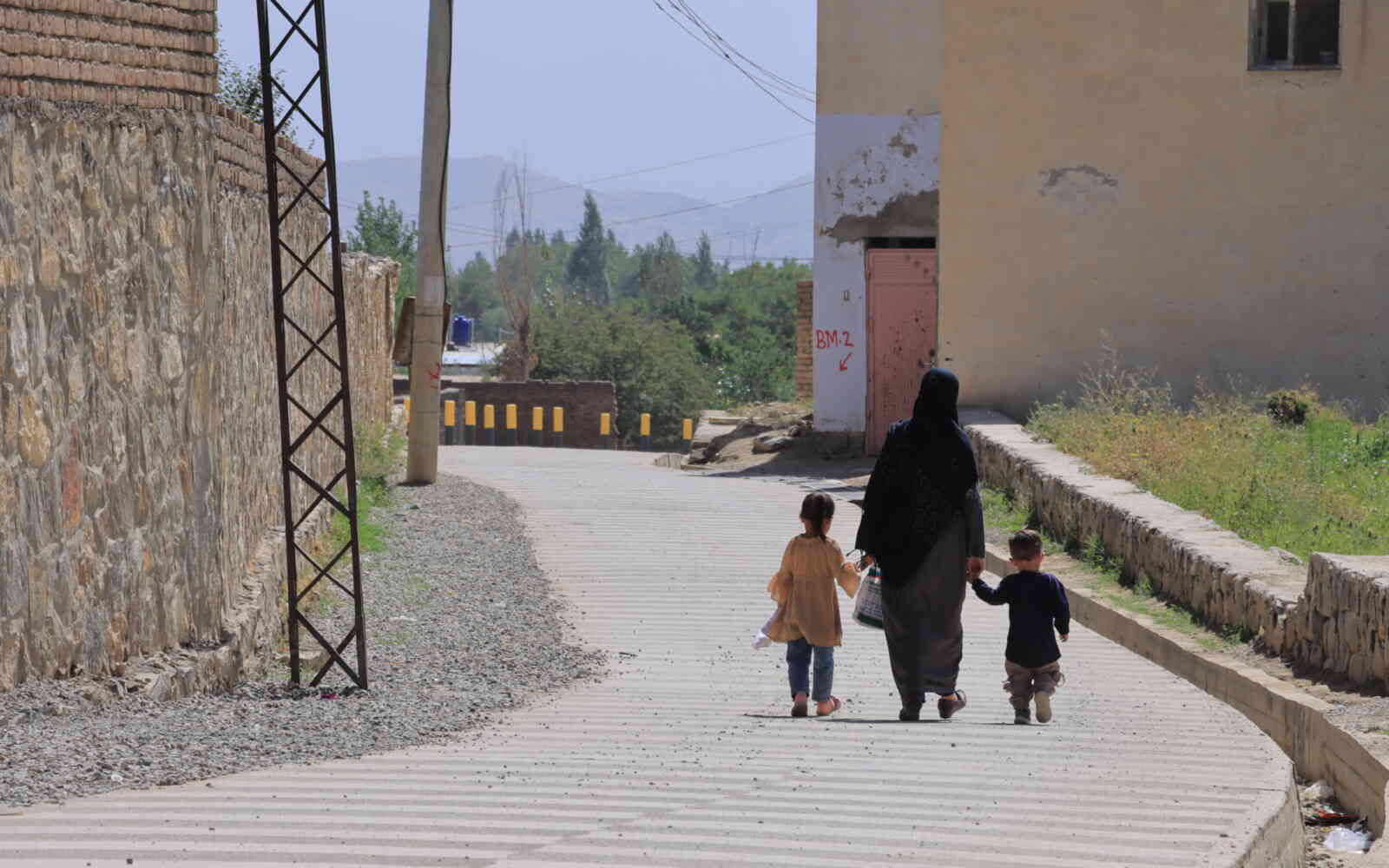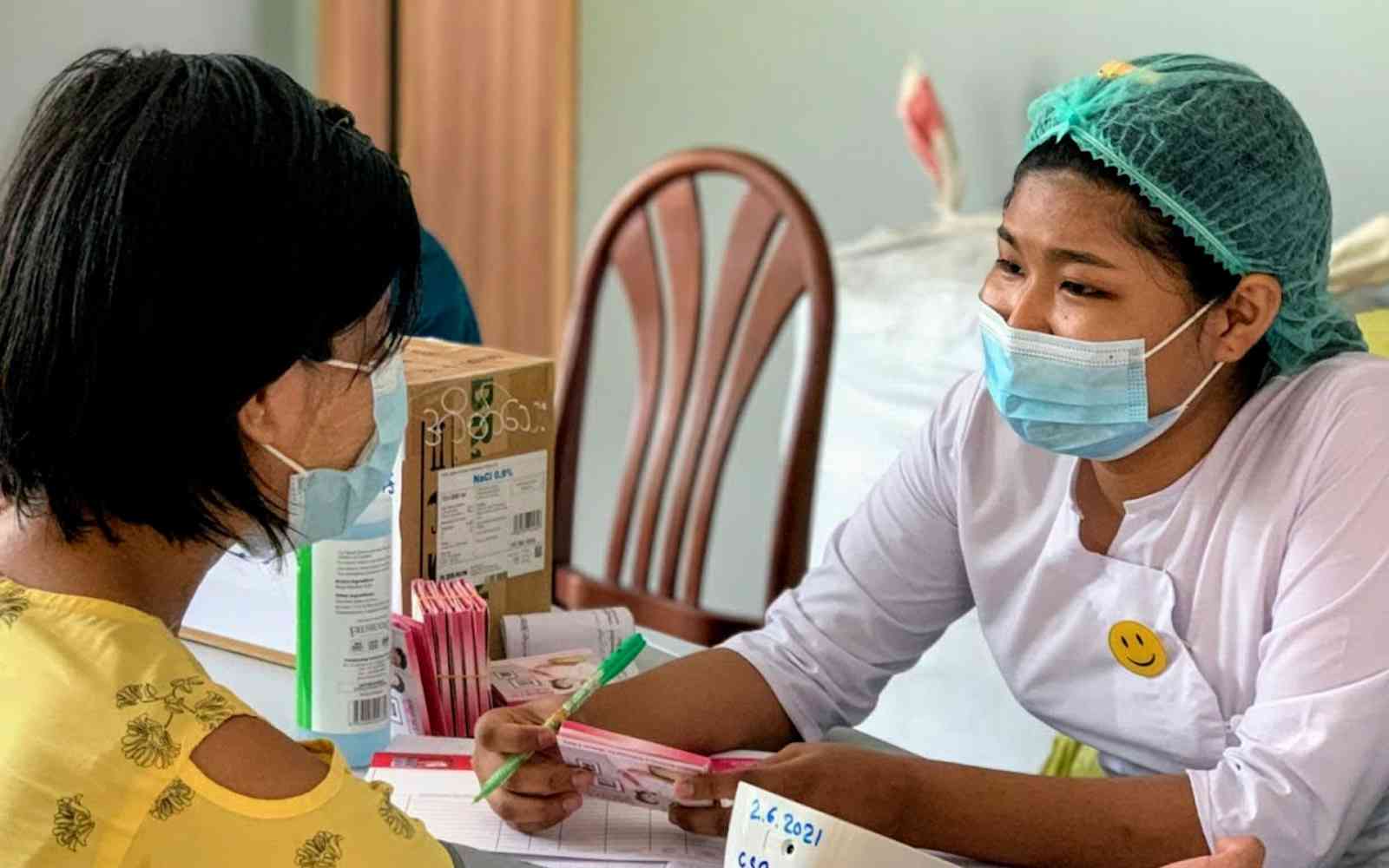The United Nations Office for Project Services (UNOPS)

The time for women is now
They build infrastructure that help make our communities climate resilient. They remain primary care-givers in many countries around the world. They make-up nearly half of our world’s population … they are women.
Imelda Malingu Osodo is an engineer who shapes tough projects while challenging assumptions in a way that makes people sit up and take notice.
Despite great strides in gender equality over the past decade, deep-seated prejudices and discrimination still exists and it holds us all back. Now more than ever people are pushing for an equal future.
We believe in this future.
One where women can realize their full potential. Where they can receive the same recognition as men. We want to see a world where women feel safe. Where they can access education and opportunities to strengthen their livelihoods. We want to see women, some of the main victims of conflict, included in the peace process.
Around the world women are breaking glass ceilings, challenging stereotypes and going where no woman has ever gone before. We know these women …

“Growing up my native area always used to flood. I did not want to be the girl that came from the area that flooded. I wanted to be the girl who could fix it.”
“When I said that I wanted to be an engineer my uncles laughed, but my father told them that if I said I wanted to be an engineer then he believed me.”
Imelda Malingu Osodo made her dream come true. In college, she was one of only eight women studying civil engineering in a class of 40 men. Imelda graduated and is now the site inspector for a UNOPS infrastructure project in Turkana County, Kenya.
Turkana is a challenging place to work and Imelda is the only woman on site. But she loves helping people live better lives and commands respect from everyone who meets her.

“The young ladies in the village don’t really come out to do anything. They feel when they start to do something it won’t work because they are women. They feel that women can’t do what men do over here but anything a man can do I can do.”
Stephanie Charles from St. Vincent has proved her point time and time again. Today she helps build a climate resilient bridge on her island, as part of a UNOPS project in the area.
So, who’s to say that construction is a man’s field?

It is Suha Zangana’s voice that many displaced Iraqi’s hear when they call the Iraq IDP Information Centre.
“I once spoke to a blind man who had no-one left from the conflict, he didn’t need anything, he just wanted someone to talk to.”
Suha works amidst one of the most severe and complex crises in the world, and speaks to dozens of people a day. She is on the frontlines of people’s suffering and that can take a toll.
But, Suha gets up and goes into work every day because she knows she has something to give. Sometimes it is information. Other times it is simply comfort.

Engineers like Mai Gamaleldeen are getting their boots dirty out in the field, but that does not mean it is always easy …
"It's difficult to see your future in engineering when there are no female role models you can look up to."
Mai also makes it clear that there is much work to be done to improve on-site facilities for women.
“Often sites aren’t set up for female employees. I worked in the construction of tunnels and there were provisions for using the toilet for men but not for women … so I had to leave the tunnel if I needed to go. There needs to be equal facilities for men and women.”
Mai works as an engineer on a water treatment plant being constructed by UNOPS in St. Lucia. She is the role-model for aspiring young women engineers.

“I like to be able to provide healthcare for the people in the villages.”
Daw Naing Ngai Awi works as a midwife in rural villages in Myanmar. She studied for two years to qualify. Her passion for the work and qualifications are not enough. Midwives like Ngai Awi who provide such crucial care to women during and after pregnancy need support.
Fortunately, the UNOPS managed 3MDG maternal, newborn and child health programme helps midwives see pregnant women at least four times over the course of their pregnancies.
“I want to become better at what I am doing. I need to learn more in some areas regarding the healthcare provision. Sometimes I am not sure what illness the patient is suffering from. So I want to make sure I know what it is when that patient comes again.”
We celebrate these along with billions of other women and recognize their accomplishments.
But, we must always remember that as part of a global community we have our work cut out for us as we challenge the historical imbalance between women and men. Amid the chaos and conflict that erode the rights of women and girls we must create safe spaces for dialogue.
Achieving gender equality is a priority for the United Nations family. A key factor in reaching the Global Goals. And essential for fully functioning societies, communities and economies.










